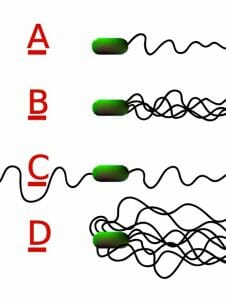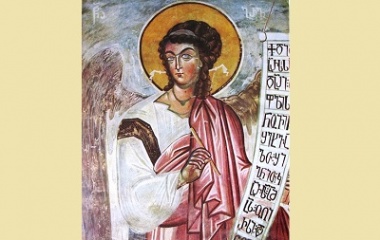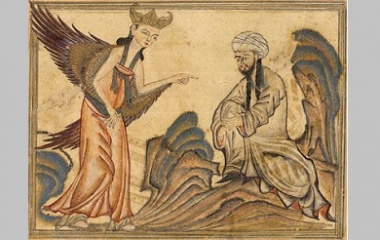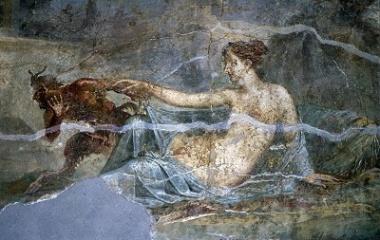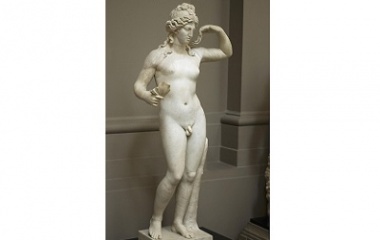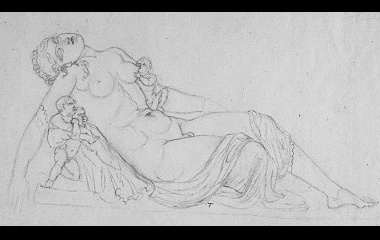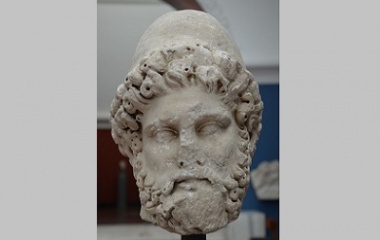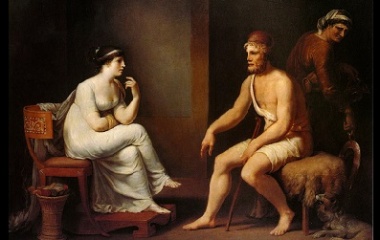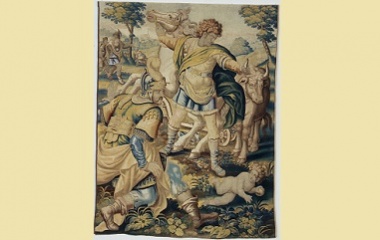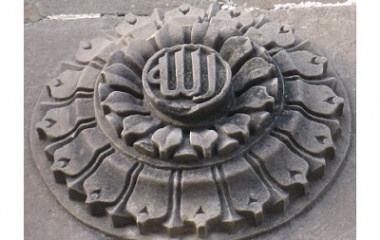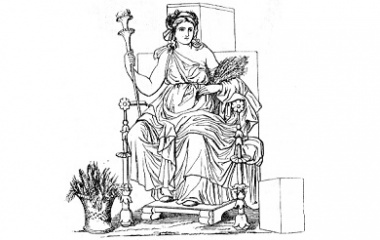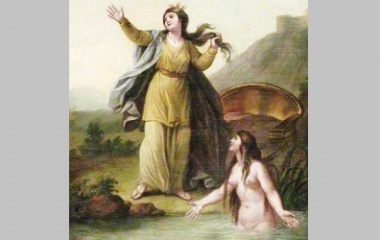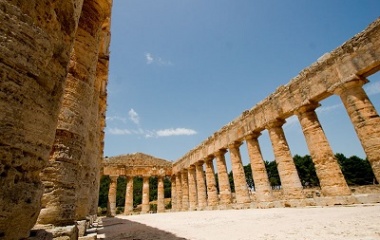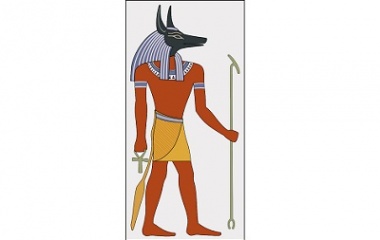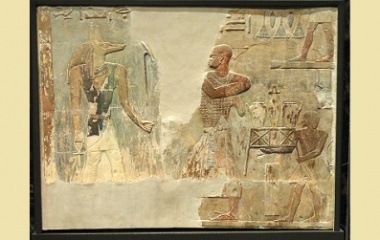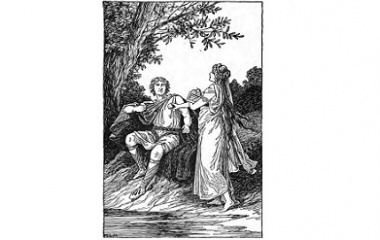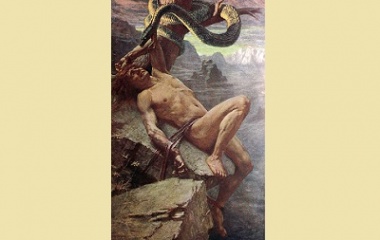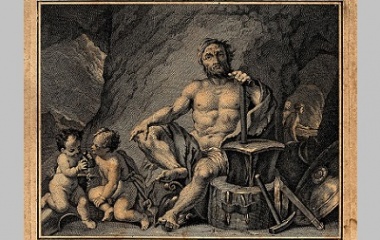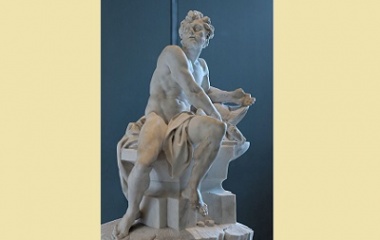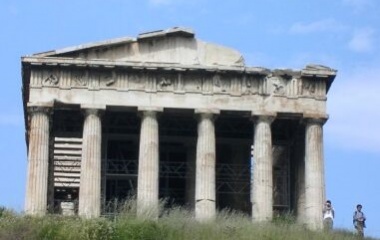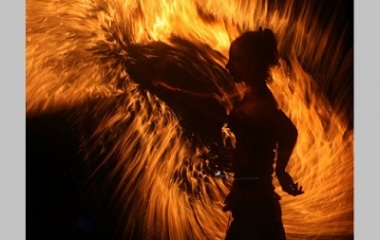Flagellum Definition
A flagellum is a microscopic hair-like organelle used by cells and microorganisms for movement. The word flagellum in Latin means whip, just like the whipping motion flagella (plural) often use for locomotion. Specialized flagella in some organisms are also used as sensory organelles that can detect changes in temperature and pH.
Function of Flagellum
Flagella are filamentous protein structures found in bacteria, archaea, and eukaryotes, though they are most commonly found in bacteria. They are typically used to propel a cell through liquid (i.e. bacteria and sperm). However, flagella have many other specialized functions. Some eukaryotic cells use flagellum to increase reproduction rates. Other eukaryotic and bacterial flagella are used to sense changes in the environment, such as temperature or pH disturbances. Recent work with the green alga Chlamydomonas reinhardtii has shown that flagellum may also be used as a secretory organelle, but this discovery needs more time to be fully understood.
Examples of Flagellum
A flagellum can be comprised of different structures depending on the organism, especially when flagellum from eukaryotes and bacteria are compared. Since eukaryotes are usually complex organisms, the attached flagellum is more complex as well. The flagellum is made up of microtubules composed from a protein called tubulin. Nine microtubule pairs surround another two pairs of microtubules in the center to form the core of the flagellum; this is known as the nine-plus-two arrangement. The whole nine-plus-two structure is anchored in a basal body within the organism. These bundled microtubules use ATP to bend back and forth in a whip-like motion together.
Although few multicellular eukaryotes have true flagellum, almost half the human population produces cells with them in the form of sperm. This is the only cell in the human body with flagellum, and for good reason. In order to move through the vaginal tract to meet the egg, sperm must be able to swim, or move, very long distances (in comparison of cell to body size). Without the flagellum, there would be very little chance of fertilization or population stability.
On the other hand, bacterial flagella are structured and function completely differently than the eukaryotic counterparts. These flagella are made of a protein called flagellin. ATP isn’t needed because bacterial flagellum can use the energy of the proton-motive force. This means the energy is derived from ion gradients – usually hydrogen or sodium – which lie across cell membranes. These flagella are helix shaped and rotate quickly like a windmill to move the organism instead of whipping back and forth. The bacteria Escherichia coli uses this windmill-like locomotion to propel up the urethra to cause urinary tract infections. Salmonella enterica, a harmful pathogen, uses several windmill-like flagella to infect human hosts.
Comparison of flagellum motion in bacterial (prokaryotic) and eukaryotic organisms:
Types of Flagellum
The flagellar structure consists of three different parts: rings embedded in the basal body, a hook near the surface of the organism to keep it in place, and the flagellar protein filaments. Every flagellum has these three things in common, regardless of organism. However, there are four distinct types of bacterial flagellum based on location:
A. Monotrichous: A single flagellum at one end of the organism or the other.
B. Lophotrichous: Several flagellum on one end of the organism or the other.
C. Amphitrichous: A single flagellum on both ends of the organism.
D. Peritrichous: Several flagellum attached all over the organism.
Monotrichous, amphitrichous, and lophotrichous flagellum are considered polar flagellum because the flagellum is strictly located on the ends of the organism. These flagella can rotate both clockwise and counterclockwise. A clockwise movement propels the organism (or cell) forward, while a counterclockwise movement pulls the organism backwards.
Peritrichous flagella are not considered polar because they are located all over the organism. When these flagella rotate in a counterclockwise movement, they form a bundle that propels the organism in one direction. If a few of the flagellum break away and begin rotating clockwise, the organism then begins a tumbling motion. During this time, the organism cannot move in any real direction.
If any flagellum stops rotating—regardless of polarity—the organism will change direction. This is caused by Brownian motion (constant movement of liquid particles) and fluid currents catching up with the organism and spinning it around. Some organisms that cannot change direction on their own rely on Brownian motion and fluid currents to do it for them.
Related Biology Terms
- ATP – Adenosine triphosphate, a small molecule used in cells as a coenzyme that transfers energy.
- Microtubules – A microscopic tubular structure present in the cytoplasm of cells that helps form the cytoskeleton.
- Basal body – An organelle that forms the very base of a flagellum; it is similar to a centriole in structure.
- Brownian motion – The random movement of particles in a fluid (liquid or gas), caused by bumping into other molecules within the same fluid.
Quiz
1. What is the primary function of flagellum?
A. Energy production
B. Communication
C. Locomotion
D. Heat production
2. What gives bacterial flagellum energy?
A. ATP
B. Ion gradients
C. Basal bodies
D. Flagellin
3. Which of the following is not considered a polar bacterial flagellum?
A. Monotrichous
B. Amphitrichous
C. Lophotrichous
D. Peritrichous
Flagellum
